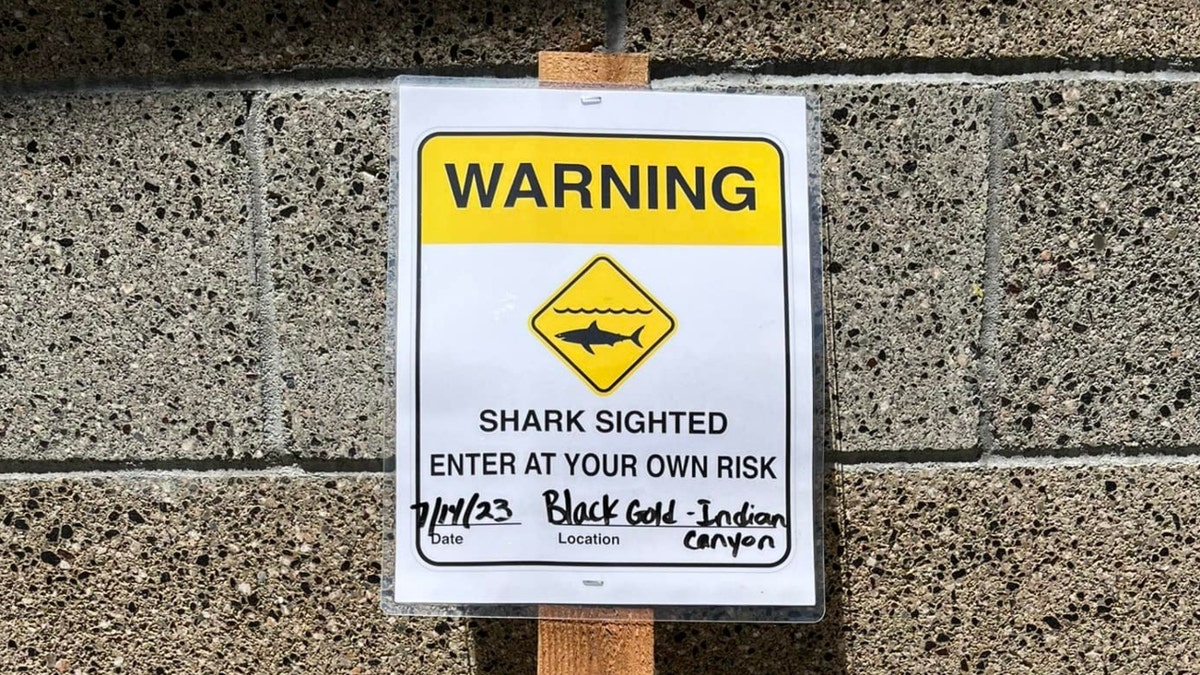China’s Chang’e 5 mission landed on the moon in 2020 and sent back samples of dust and rocks, which have been found to contain water – but not very much of it
Space
14 June 2022
Image taken at Beijing Aerospace Control Center showing the Chang’e 5 spacecraft landing on the moon Xinhua / Alamy Stock Photo
Researchers have found water in the samples of moon dust and rocks brought back from China’s Chang’e 5 mission, but not as much as they expected.
Chang’e 5 landed on the moon on 1 December 2020 and took samples of lunar soil and rocks. Two days later, an ascent stage lifted off the moon, bringing the samples back to Earth about two weeks later. The mission’s research team has now analysed those samples and found signs of water bound up in the mineral structure of the samples.
The lander itself saw hints of this water, but analysing the samples in a laboratory on Earth allowed the researchers to take a more granular approach. They found that the lunar soil had levels of water around 28.5 parts per million – relatively dry, even for the moon. However, pieces of the mineral apatite in the sample had water contents up to 179 parts per million.
“The amount of water observed is kind of on the low side of what we would have expected before the mission,” says Parvathy Prem at Johns Hopkins University in Maryland, who was not involved with this work. That may be because Chang’e 5 took the samples during a particularly warm time of day. Or it could be because the craft landed in an area that was protected by Earth’s magnetic field from the solar wind. This wind contains hydrogen that can become water when it meets oxygen atoms on the moon’s surface, a known source of lunar water.
“This work is analysing a few scoops from a very particular location gathered under particular circumstances, but this is an important part of the bigger picture,” says Prem. Scientists have collected three types of lunar data from the same area: dust and rock samples, local data from the lander, and satellite observations from orbit. Comparisons between them will mean we can better connect satellite data with the ground truth in the future, she says.
It isn’t clear yet whether this mineral-bound water will be usable by future explorers on the moon. “You would need to process quite a lot of soil to get water out of it,” says Prem. “Just in terms of the quantity, even the wettest lunar soils are drier than the driest desert on Earth, so we’re talking about really small quantities of water. But water, especially beyond our planet, is precious.”
Journal reference: Nature Communications, DOI: 10.1038/s41467-022-30807-5
Sign up to our free Launchpad newsletter for a voyage across the galaxy and beyond, every Friday
More on these topics:





















































.jpg)




